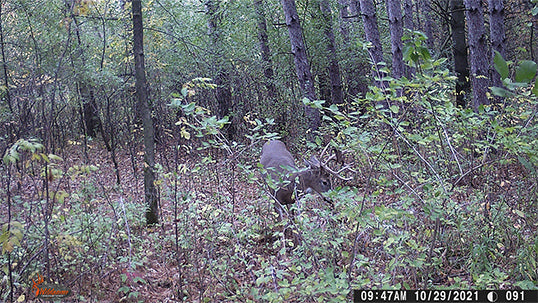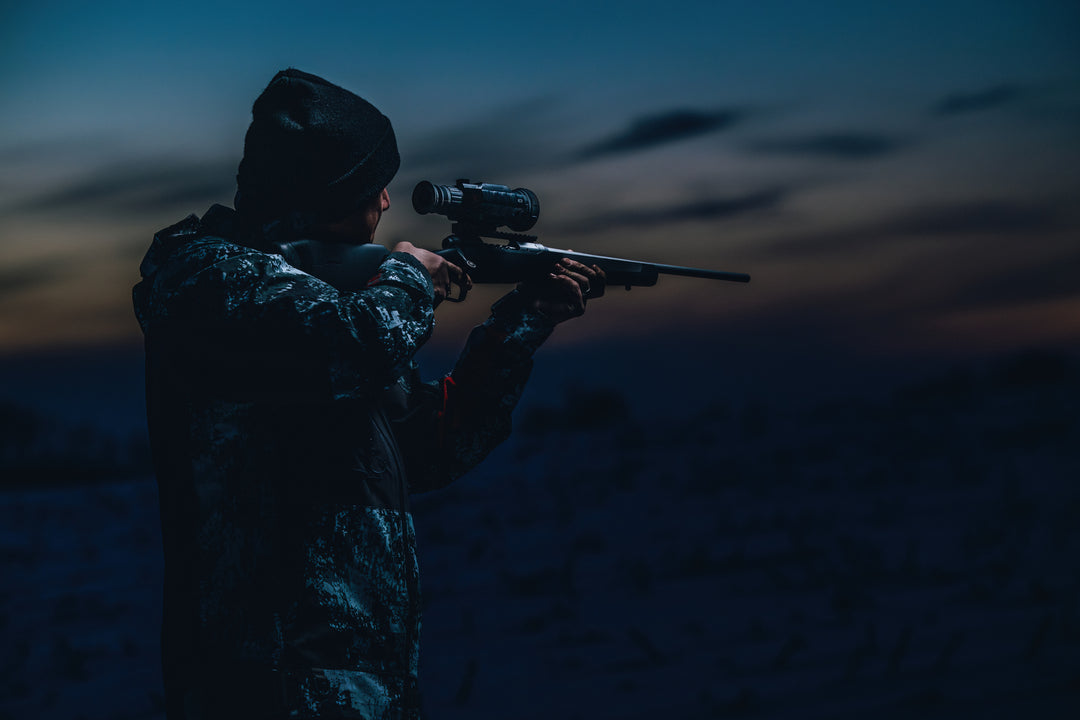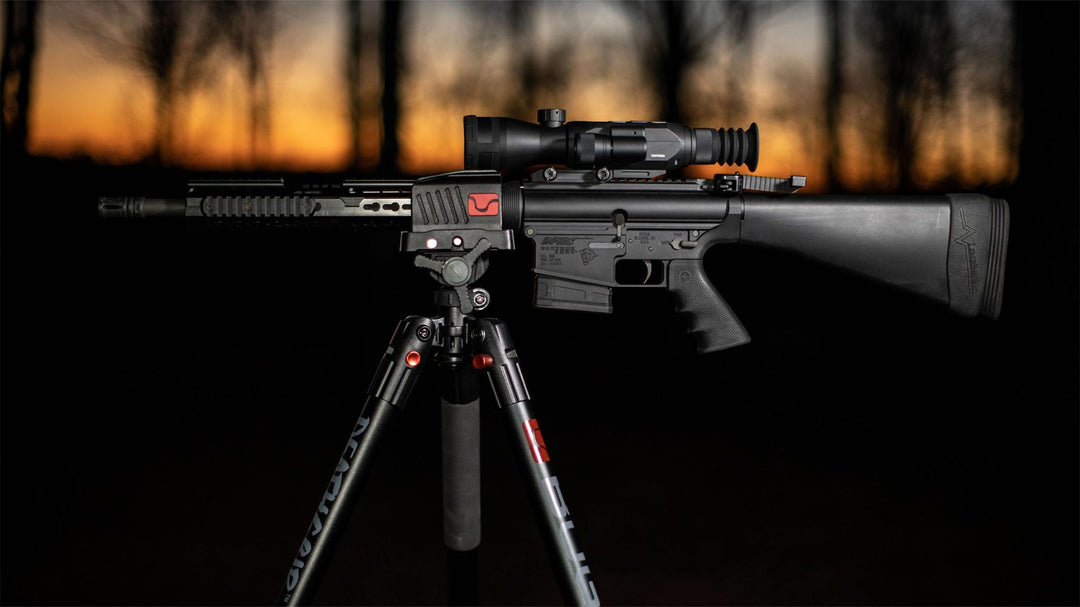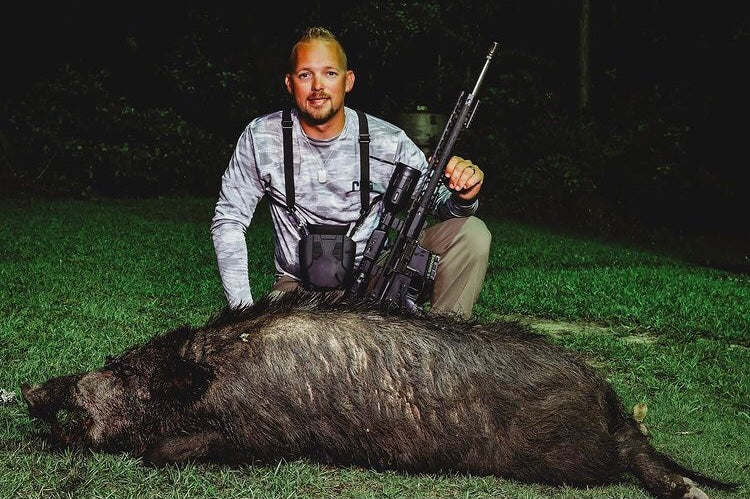Antlers are a significant focus for every deer hunter, and for good reason. Ancient cultures have used them as tools, toys, and ceremonial purposes since prehistoric times. In today’s culture, they serve as a tangible trophy of an animal that survives long after a hunt. The practice of grading sets of antlers as a trophy began in the 19th century. Today, we have modern ranking systems such as Boone and Crocket, which measure a variety of metrics to determine size and trophy status.
 What Are Antlers Made of and How Do They Grow?
What Are Antlers Made of and How Do They Grow?
Antlers consist mostly of calcium, among other minerals. Their structure roughly resembles human bone. This process starts as cartilage, covered by a nutrient shuttling tissue called “velvet.” These grow faster than any other mammal bone, due to their importance in sexual selection and mating. When they are fully grown, the bases break and they eventually fall off. Antlers that have fallen off are known as "sheds". Many outdoorsmen search the woods for these after "shedding season" as an alternative to deer hunting.
What’s the Point?

Antlers exist for a variety of evolutionary reasons. Long ago, they developed from tusks. Now, they serve to signal dominance and sexual characteristics. They signal maturity and health, both to competing males and to potential mates. They require huge amounts of energy to grow and maintain. This means large sets also signal genetic superiority. Large antlers tell potential mates an animal is proficient at gathering food or has high metabolic efficiency. Finally, deer with larger sets have an advantage in fighting for territory. Deer will go head to head with other males, locking heads in an attempt to dominate the other deer through force. It is common to see puncture wounds on deer caused by this competition.
Are There Different Types?

Most people think of white tail deer, but deer are not the only species that grow antlers. Elk, Reindeer, and Caribou also grow sets, among other species. In Caribou, both male and female have antlers. Moose also grow their own unique sets. Many people theorize that their flat, thick and wide structure functions as hearing aids, catching and amplifying sound to the nearby ear. Regardless of what you are hunting, consider reading some tips we have for deer or elk.
What’s the Difference Between a Horn and an Antler?
The primary difference is that horns are never shed. Horns are more similar to a fingernail, where the exterior is alive and constantly growing. Antlers, on the other hand, eventually die and fall off.








